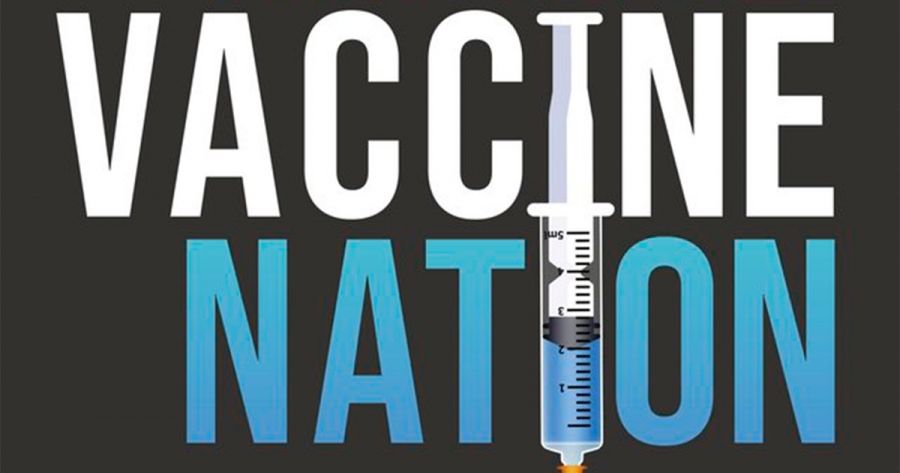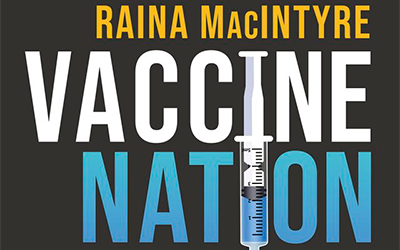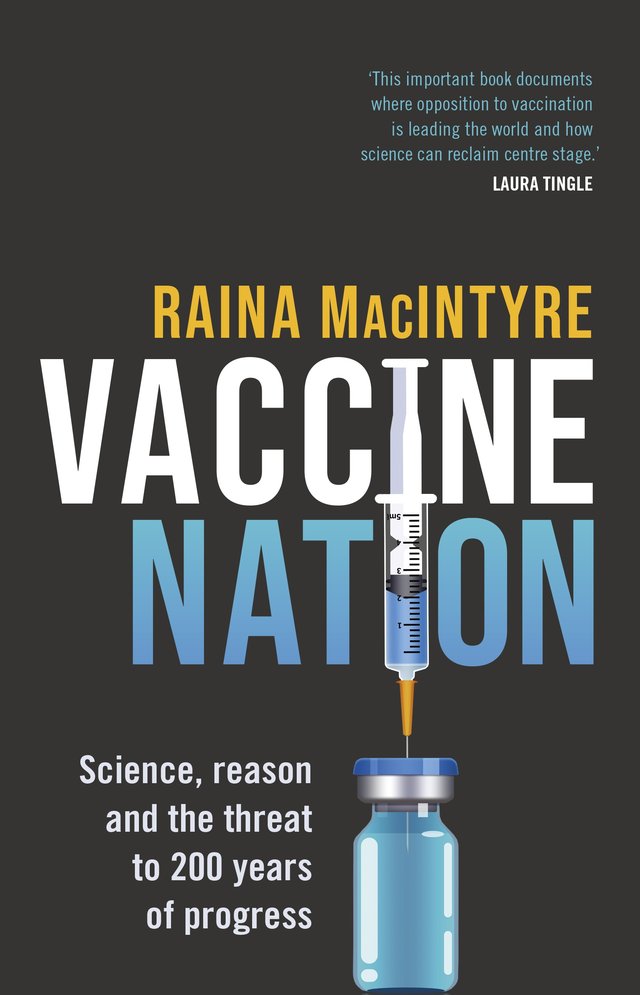
- Free Article: No
- Contents Category: Politics
- Review Article: Yes
- Article Title: Vacillating over vaccines
- Article Subtitle: A perfect public health storm
- Online Only: No
- Custom Highlight Text:
The Covid-19 pandemic changed our relationship with public health, perhaps irreparably. For many, it also changed their relationship to vaccination. Before Covid-19, few questioned the role of vaccines in public health. However, vaccine mandates, which were conflated – rightly or wrongly – with other mandated health measures, such as social distancing, face masks, and protracted lockdowns, meant that being vaccinated equated to an assault on individual freedom and well-being, the opposite of how vaccines were viewed in the past. Faith in the science supporting them is falling rapidly. According to leading epidemiologist Raina MacIntyre, the ‘impact of the anti-science movement and medical disinformation since the Covid-19 pandemic has been far-reaching’, resulting in lower vaccination rates across many preventable diseases. Add to this the ‘demonization of public health’ following the pandemic and the growing threat of a new pandemic, and you have a perfect public health storm brewing.
- Featured Image (400px * 250px):

- Alt Tag (Featured Image): David Jack reviews ‘Vaccine Nation: Science, reason and the threat to 200 years of progress’ by Raina MacIntyre
- Book 1 Title: Vaccine Nation
- Book 1 Subtitle: A perfect public health storm
- Book 1 Biblio: NewSouth, $34.99 pb, 248 pp
- Book 1 Cover Small (400 x 600):

- Book 1 Cover (800 x 1200):

- Book 1 Readings Link: https://www.readings.com.au/product/9781761170058/vaccine-nation--raina-macintyre--2024--9781761170058#rac:jokjjzr6ly9m
Vaccine Nation addresses the growing anti-vaccine and vaccine-hesitant sentiments in the wake of the Covid-19 pandemic and advocates strongly for a return to the days when vaccines were seen as what they no doubt are: ‘one of the greatest public health advances in human history’. It is both a history and a defence of vaccination, beginning with polio and smallpox (the latter now effectively eradicated). MacIntyre wrote this book to correct the current wavering opinion of vaccines, first by pointing out how critical they have been in public health, and second, by identifying how post-pandemic populist politics and attitudes have effectively hijacked public health for ideological purposes. Anti-vaccination sentiment can be personal, cultural, or political. In Australia it has been most common ‘in specific geographic areas where people with a similar mindset around wellness culture and alternative lifestyles gather together’. Elsewhere, there are religious reasons for refusing vaccines. More recently, particularly in the United States, anti-vaccination sentiment has been linked to the spread of the far right and a culture of disinformation. Further, in what is sometimes called the post-truth era, politicians and medical experts are among those fomenting anti-vaccination sentiment.
In building her defence of vaccines, MacIntyre has filled her book with statistics that are difficult to dispute. Until 1800, for example, ‘only half of all children would reach their first birthday’, compared with the ninety-nine per cent who live to adulthood today. Such statistics are persuasive, and they are intended to be. MacIntyre is at pains to point out that until recently, vaccines ‘enjoyed a privileged position in public health compared to other public health interventions’. However, with the resistance to Covid-19 vaccines, combined with a loss of faith in governance when it comes to public health, there is a growing loss of confidence in vaccination in general, including for diseases like measles, mumps, rubella and even polio – and this, as MacIntyre points out, is occurring in low- and high-income countries alike.
While MacIntyre does not advocate heavy-handed approaches to vaccination such as those adopted during the pandemic, arguing that ‘coercive measures such as financial penalties ... can backfire’, she does concede that some incentive is often required beyond self-preservation or altruism. She also argues that the Covid-19 pandemic showed how coercive measures can be inherently discriminatory, particularly for working women and their children. She favours a carrot-over-the-stick approach to vaccine rollouts, one reliant on the reasonableness of individuals in the face of undeniable statistics, or through fostering an emotional response through anecdotes involving the unnecessary deaths of children from preventable diseases. If the pandemic taught public health officials anything, it is that large-scale vaccination programs must navigate the treacherous gulf between mandates and the appearance of choice.
According to MacIntyre, the anti-vaccination lobby ‘has always existed, but it comprised a small but vocal lobby group, estimated to be less than 2% of the population’. She makes the distinction between the anti-vaccination movement and ‘vaccine hesitancy’ (the latter is often produced by the former but also arises from a growing distrust of discourses of power). The vaccine-hesitant portion of the population, those who are more likely to postpone being vaccinated, are also the ones most likely to be persuaded to get vaccinated, and hence are the primary targets of any vaccination campaign. Nonetheless, lines such as ‘Individuals have every right to hold whatever beliefs they choose, however erroneous or dangerous those beliefs may be’ are hardly going to win friends in either camp.
Perhaps the biggest problem with low vaccination rates for MacIntyre is the unnecessary burden they place on healthcare systems. Further, not only are ‘vaccine-preventable diseases, including Covid-19, still with us’, but new pandemics are just around the corner – a question of when, not if. We are going to have to face the ongoing prospect of vaccine mandates well into the future. Two potential pandemics on our immediate horizon are influenza A and the H5N1 virus or avian flu (which has already jumped the species barrier in animals and may potentially mutate to infect humans). MacIntyre calls avian flu the ‘dark cloud’ hanging over us. The only way to mitigate the spread of this virus through the human population, she claims, is through adequate stockpiling and distribution of vaccines. There are, of course, other ways, such as addressing broader issues like intensive farming of poultry, but these remain outside the narrow scope of epidemiology – and this book.
Western medical science has a habit of dismissing outright any approach to illness not in accord with its own, despite the growing popularity of alternative therapies and approaches since the New Age movements of the 1970s. In the postmodern era, medical science has suffered less from the problem of legitimacy than other discourses. This is reflected in the tone of this book: vaccines are a no-brainer, like chemotherapy or antidepressants. While we cannot expect a nuanced approach to vaccination from an epidemiologist, this would have made for a more refreshing read. Nor is this an attempt to contextualise vaccination within a greater or more holistic health agenda, or a philosophical treatise on the value of saving or prolonging human life at any cost. As a history of vaccination and its merits, however, Vaccine Nation is thorough, accessible, and mildly interesting. It is timely insofar as vaccination has never been such a hot political and cultural issue, one in which we are all involved – and will continue to be involved – one way or another.


Comments powered by CComment